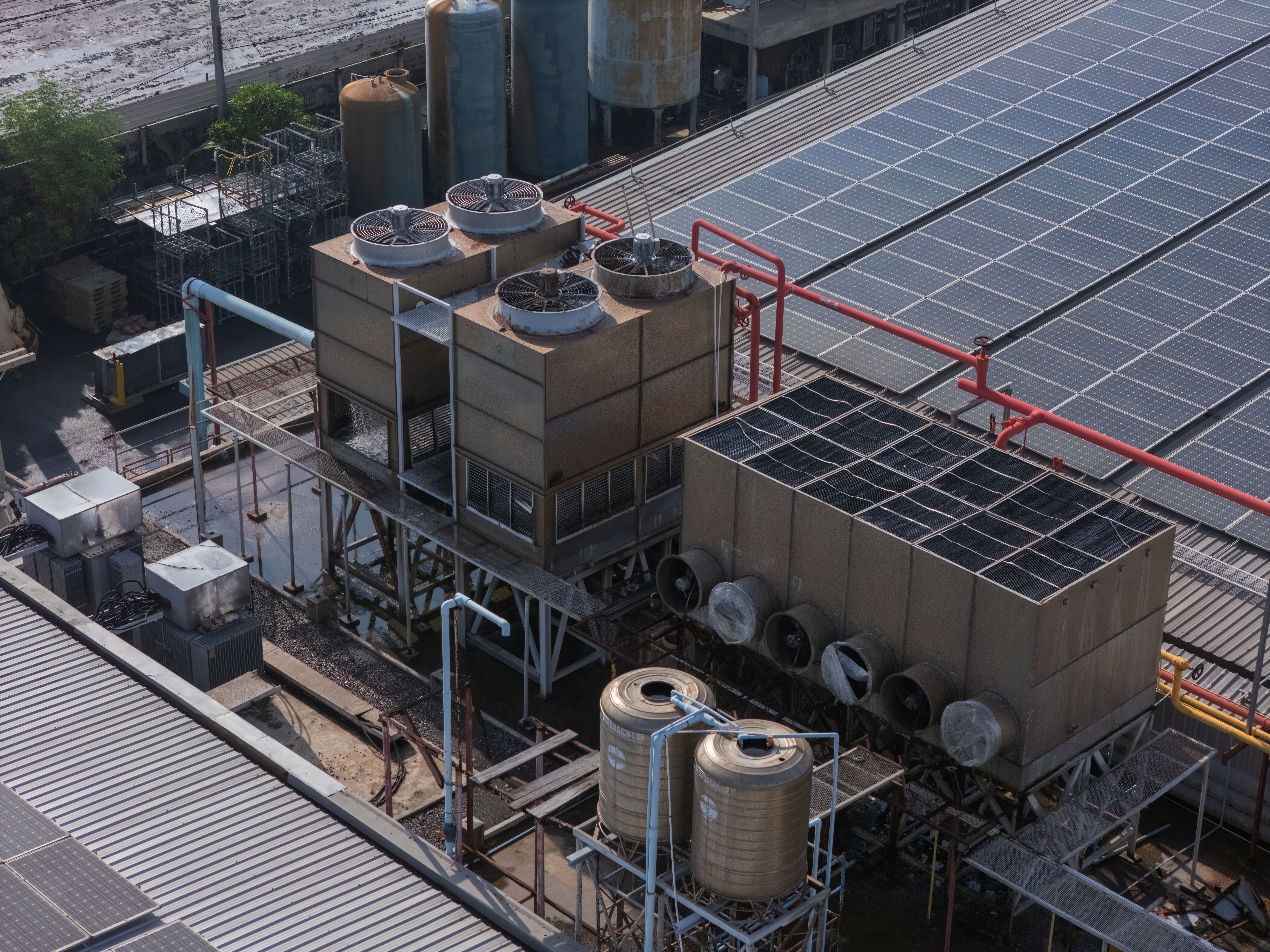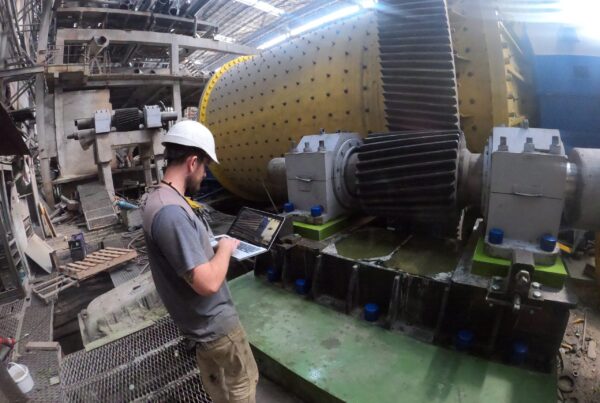Updated from August 2023.
Reciprocating machinery uses a back-and-forth motion. It is driven by pistons, plungers, or diaphragms to compress gases, move fluids, or generate power. Thanks to its versatility, this equipment supports numerous industries, from oil and gas to manufacturing and transportation. It’s a mainstay in everyday operations, providing a dependable source of energy and fluid transfer.
Who Relies on Reciprocating Machinery?
- Oil: In the oil industry, reciprocating equipment is critical for maintaining reservoir pressure, moving crude oil through pipelines, and supporting various refining processes. This helps optimize flow rates and ensures more efficient handling of crude oil.
- Gas: In natural gas operations, reciprocating compressors enable gas compression, transport, and storage. By reducing the volume of natural gas and maintaining appropriate pressure levels, they streamline refining and pipeline throughput while preventing unnecessary energy losses.
- Power Generation: Internal combustion engines supply electricity for remote sites, backup systems, and cogeneration plants.
- Manufacturing: Reciprocating pumps handle fluid transfer in chemical processing, water treatment, and food production.
- Transportation: Many vehicles—cars, trucks, ships, and trains—use reciprocating engines for efficient movement of people and goods.
Whether producing electricity, moving products along supply chains, or purifying water, these machines power the essential processes that keep modern life running smoothly.
Common Hurdles in Reciprocating Machinery
Despite the wide range of applications for reciprocating systems, these machines face certain operational challenges that can undermine efficiency and increase the risk of downtime or costly repairs.
1. Misalignment
Misalignment occurs when the moving components in a reciprocating system (e.g., shafts, pistons, and connecting rods) are not perfectly aligned with one another or with mating parts. This can happen for several reasons:
- Thermal Expansion: High operating temperatures can cause parts to expand at different rates, pushing them out of alignment.
- Vibration or Shock Loads: Continuous vibration or unexpected shocks (e.g., sudden load changes) may jolt components out of their designed positions. Misaligned parts amplify vibration throughout the system, raising the chance of mechanical failures.
- Wear and Tear: Over time, bearings and support structures degrade, leading to incremental shifts in machine geometry.
2. Foundation Problems
Over time, foundations can degrade due to factors like:
- Soil Shifts: Changes in soil moisture content or ground settling can cause uneven support, cracking, or sinking.
- Environmental Stressors: Temperature fluctuations, chemical exposure, or moisture infiltration may weaken concrete or other foundation materials.
- Insufficient Initial Design: Undersized or poorly reinforced foundations may not distribute loads evenly, leading to stress fractures.
When foundation integrity is compromised, the equipment itself may suffer:
- Excessive Vibration: Without a stable base, the machine will experience significant vibrations that hasten wear on internal parts.
- Misalignment Risks: The entire structure can shift or settle, throwing shafts and components out of alignment.
- Reduced Output and Reliability: Inconsistent support undermines efficient operation, increasing the likelihood of unscheduled downtime.
3. Lubrication Gaps
Reciprocating machinery contains numerous moving parts that require consistent lubrication to reduce friction, control heat, and maintain proper sealing. However, challenges frequently arise when:
- Lubricant Selection is Incorrect: Different operating environments—extreme temperatures, high pressures, chemical exposure—demand carefully chosen lubricants with the correct viscosity and additives.
- Maintenance Schedules Are Neglected: Overextended service intervals allow oil to degrade, lose viscosity, or become contaminated, compromising its protective qualities.
- Inadequate Lubrication Delivery: If bearings or piston rings aren’t receiving a steady flow of lubricant, friction and heat build rapidly, leading to premature component wear.
Strategies for Enhancing Performance
- Regular Alignment Checks
Scheduling alignment measurements and calibrations reduces vibration, curbs premature wear, and supports more efficient operation. - Foundation Repair and Reinforcement
Address structural issues early—such as cracks or settling—to keep reciprocating machinery stable. A well-reinforced base cuts down on vibration, helps maintain alignment, and prevents costly downtime. - Optimised Lubrication
Selecting the right lubricant and adhering to recommended lubrication intervals can significantly extend machine life. Proper lubrication also preserves sealing capabilities and curbs friction-related wear. - Preventive Maintenance
A proactive approach—inspection schedules, part replacements, and early detection of potential failures—helps reciprocating machinery run reliably, reduces unplanned shutdowns, and maximizes return on investment.
Conclusion
Reciprocating machinery underpins critical operations in countless industries, but challenges like misalignment, unstable supports, and inadequate lubrication can undermine its effectiveness. By addressing these issues and following best practices, organisations can secure longer equipment life, minimize downtime, and elevate overall productivity.
For more detailed strategies, check out our tips on repairing concrete foundations. Or if you need specialist help Alphatec Engineering specialises in solutions that help keep reciprocating machinery running at peak efficiency. From alignment assessments to structural support upgrades, our experienced team works closely with clients to reduce vibration, optimise performance, and safeguard valuable equipment. Contact us here!



